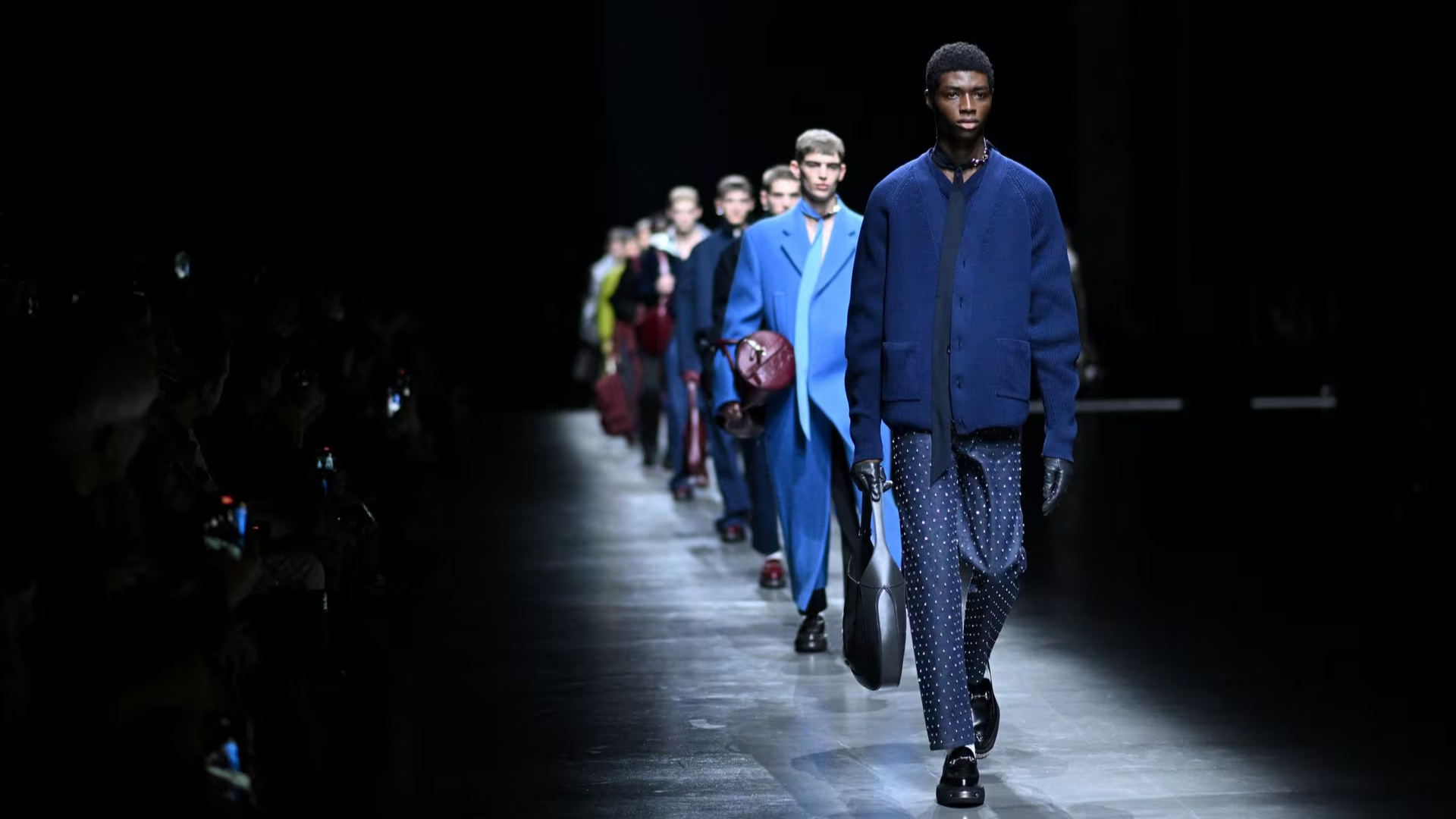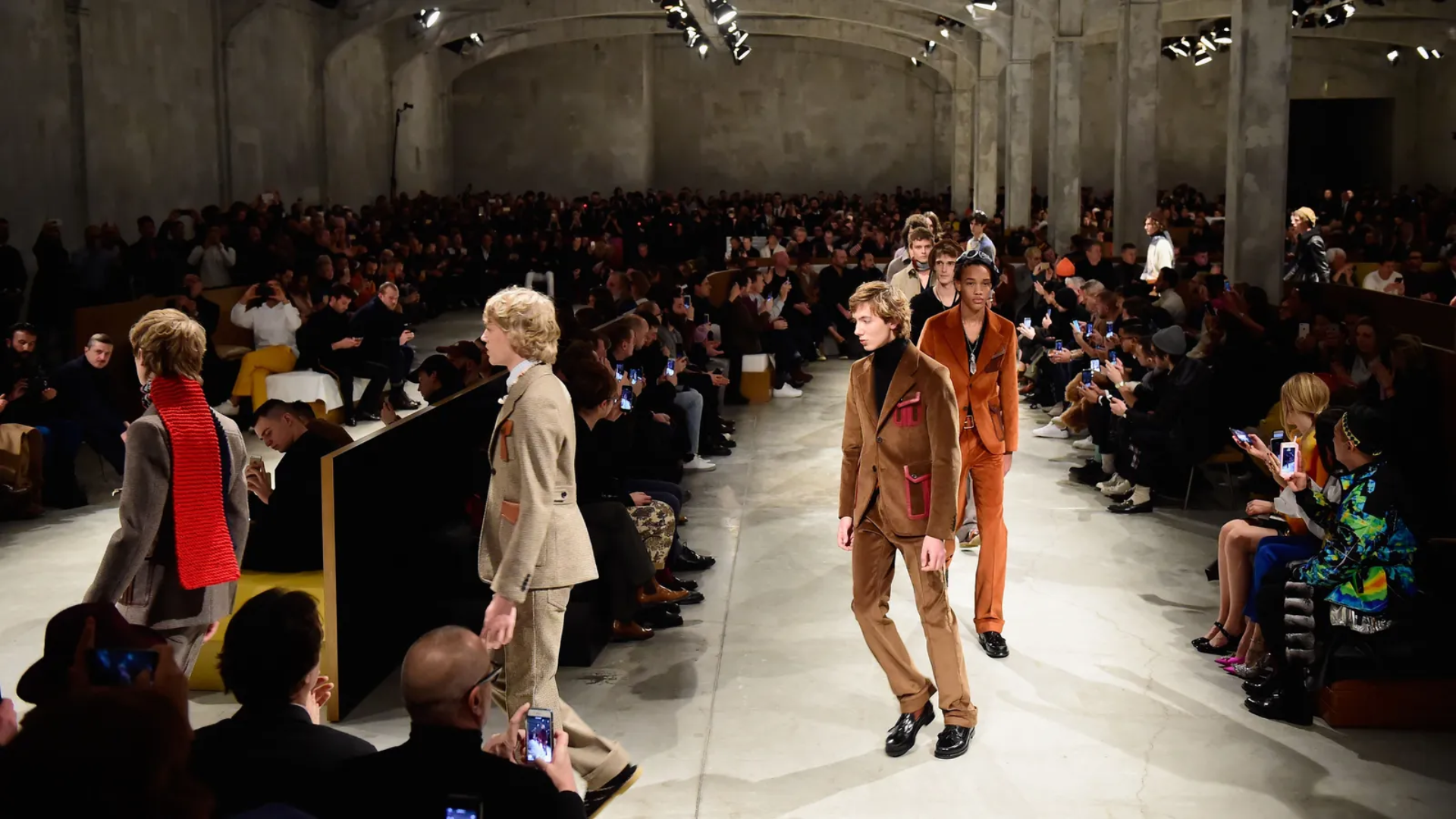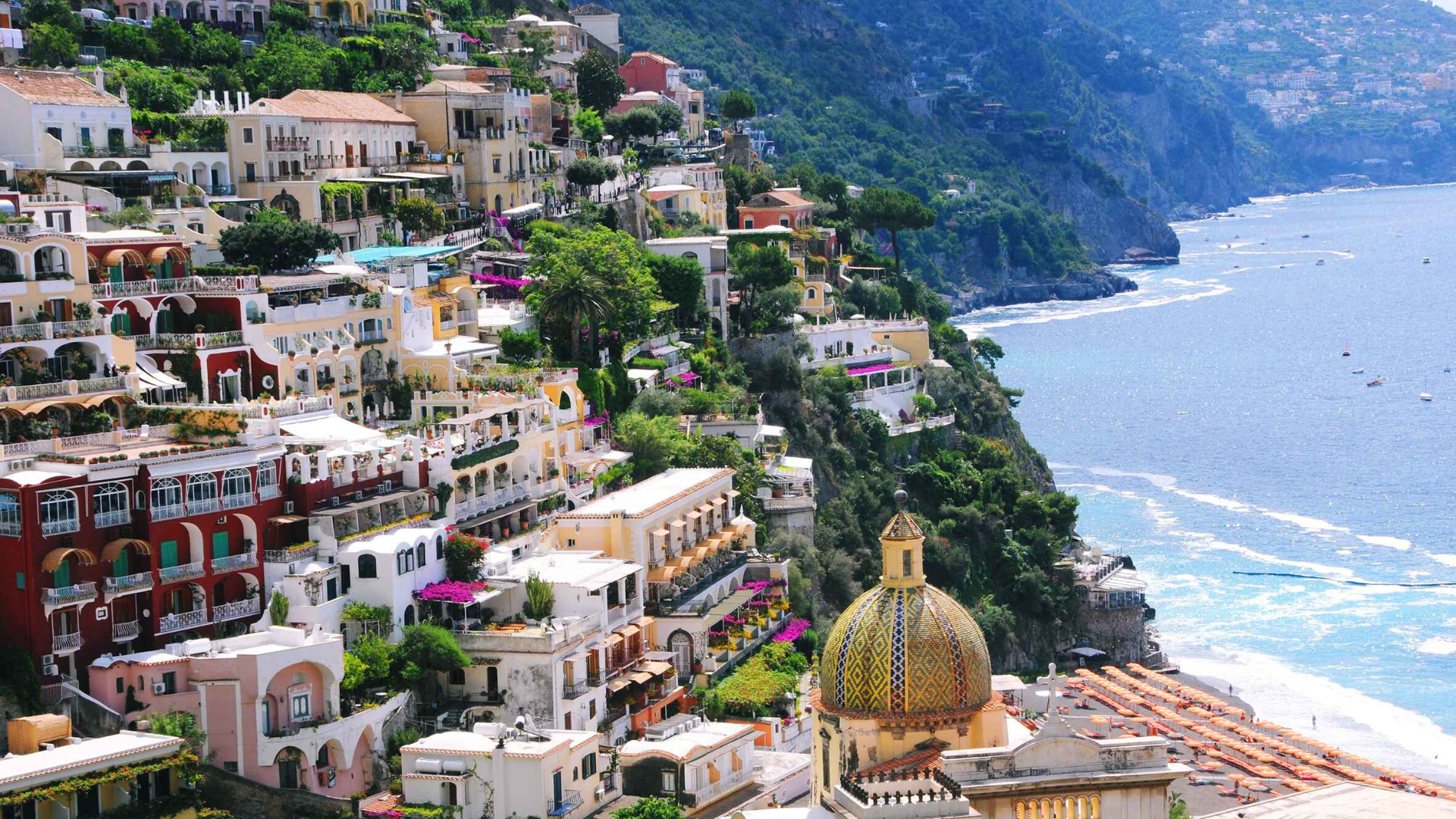The Bar Icona of The Salone Del Mobile: Bar Basso
Born spontaneously to 'escape' from the usual fairgrounds, the Fuorisalone is today a major collective and democratic event of design and creativity. It wouldn’t be the same without the timeless style of the Bar Basso.

As the annual Milan Design Week unfolds from April 15 to 21, anticipation builds for not just the prestigious Salone del Mobile furniture fair, but the citywide festival of creativity and design that has become equally renowned - the Fuorisalone. Born spontaneously in the 1970s as exhibitions began spilling out from the official fairgrounds across Milan, the Fuorisalone has evolved into an integral part of the design week experience, blurring the lines between design, art, and, recently, fashion. Case in point: Gucci's newly launched "Design Ancora" project by creative director Sabato De Sarno, dedicated to this years’ edition.
What started as a few renegade displays has flourished into a vibrant, decentralised celebration of innovation that envelops the entire city. While the Salone del Mobile remains the anchor event, drawing top brands and designers to its sprawling pavilions, the Fuorisalone offers a more democratic, exploratory vision of design. From cutting-edge installations to experimental pop-ups, the "outside event" provides a dynamic counterpoint to the industry trade fair.
Each year, the Fuorisalone takes on a new theme that designers and organizers interpret through their exhibits and happenings. For 2024, the focus is "Materia Natura" - an examination of the deep connections between materials and nature aimed at promoting sustainable and conscious design practices.
As the week opens its doors, the streets, piazzas, and post-industrial spaces of Milan become activated with design interventions that invite discovery around every corner. A spirit of creative anarchism pervades as the line between designed object and designed environment dissolves.The city's cocktail bars, galleries, warehouses and unexpected venues transform into showcases for radical ideas and avant-garde visions.


Again this year, at the heart of this annual design diaspora lies an unassuming, historic cocktail bar that has become an unmissable destination and place to be - the Bar Basso. Opened in 1947 in the aftermath of WWII, the iconic Milanese locale has played host to a who's who of designers, artists and the fashion crowd over the past decades with its vintage decor virtually unchanged.
Located at 39 Via Plinio, it lights up the night with its distinctive red neon sign, which in recent years has been sought after and even imitated by other historic venues in Milan and European capitals. It rose to prominence in the 1950s as one of the first bars to introduce craft cocktail culture to a postwar crowd hungry for indulgence. In the 1970s, designers like Joe Colombo and Maurizio Gucci frequented Bar Basso, cementing its ties to Milan's growing design scene.


Not just a favored haunt for the movers and shakers of the Fuorisalone nightlife, Bar Basso also serves as a symbol of how Milan truly becomes the pulsating heart of encounters, exchanges, dreams, and visions during the Design Week. Since the 1980s, it has tied itself to the culture of design: during the "Milano da bere'' era, many young international designers like James Irvine, Mark Newson, Jasper Morrison, Kostantin Grcic, Thomas Eriksson, and Emmanuel Babled made it a habit to meet at Bar Basso for an aperitif or post-Salone chats, sipping cocktails like the Manhattan, White Lady, Bloody Mary, Margarita, and of course, the unfailing Negroni Sbagliato. From the 1990s, major companies like Alessi or Baccarat began to take an interest in cocktail glass design. Unyielding to trends, Bar Basso, with its wooden bar and furnishings, mirrors, and crystal chandeliers, emits an ancient flavor that aptly welcomes the modernity of design and its creators according to the principle of the attraction of opposites.






"It's a very warm and crazy atmosphere during Salone," says current owner Maurizio Stocchetto, whose father Mirko bought the bar in 1967. "The bar is usually really packed so it becomes very democratic. You have all designers and architects with their assistants and maybe the assistants get served first — because we don't know who is who. It's part of the fun, all the typical hierarchy is confused and everyone has to leave their ego at the door."


The bar is renowned for its signature Negroni Sbagliato or "Mistaken Negroni" - created in 1972 when Stocchetto's father accidentally poured sparkling wine instead of gin while making a classic Negroni. The lighter, fizzy variation was an instant hit and has since become a global phenomenon.
"The Negroni Sbagliato is so iconic now, but it was really just an accidental creation by my father," Stocchetto explains. "At that time, cocktail culture was still very serious, so calling it the 'Mistaken Negroni' was a provocative statement. But people loved the more easygoing, approachable flavor."




Part of Bar Basso's enduring mystique is its steadfast refusal to chase trends or modernise too much. There's no social media presence to speak of, and photography is discouraged, allowing it to remain an oasis of Old World atmosphere amid the swirl of Design Week happenings. Vintage photographs, time-worn furnishings, and a palpable lived-in patina ensure singularity of experience.
As Milan pulses with creative energy each April, the Fuorisalone provides a vibrant counter-rhythm to the industry calendar. And at the heart of it all is the iconic Bar Basso, where the worlds of design, fashion and art collide over glasses of its signature Negroni Sbagliato. The "outside event" ensures the city's design scene remains refreshingly uncontained and infectious in its irreverence for boundaries.





